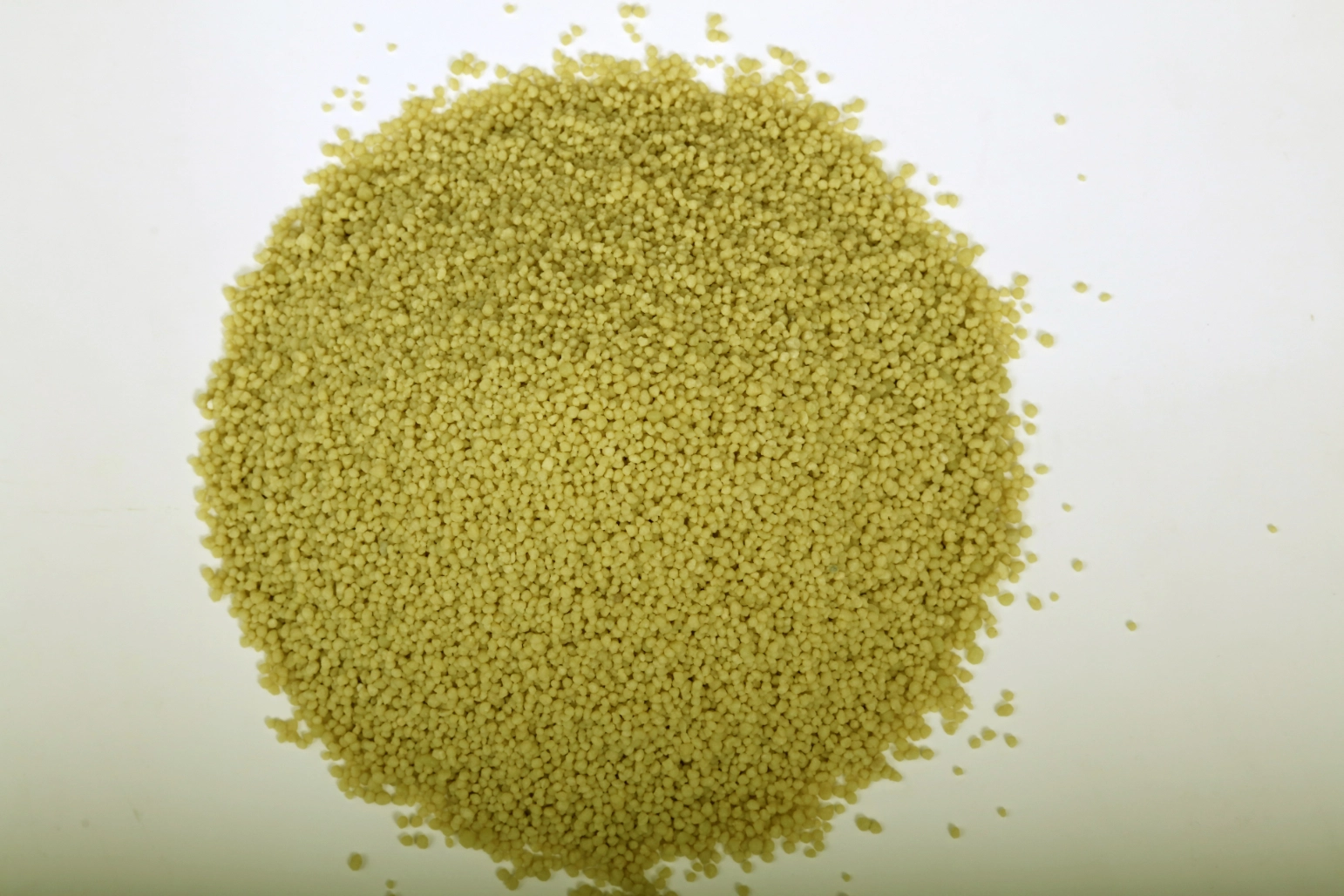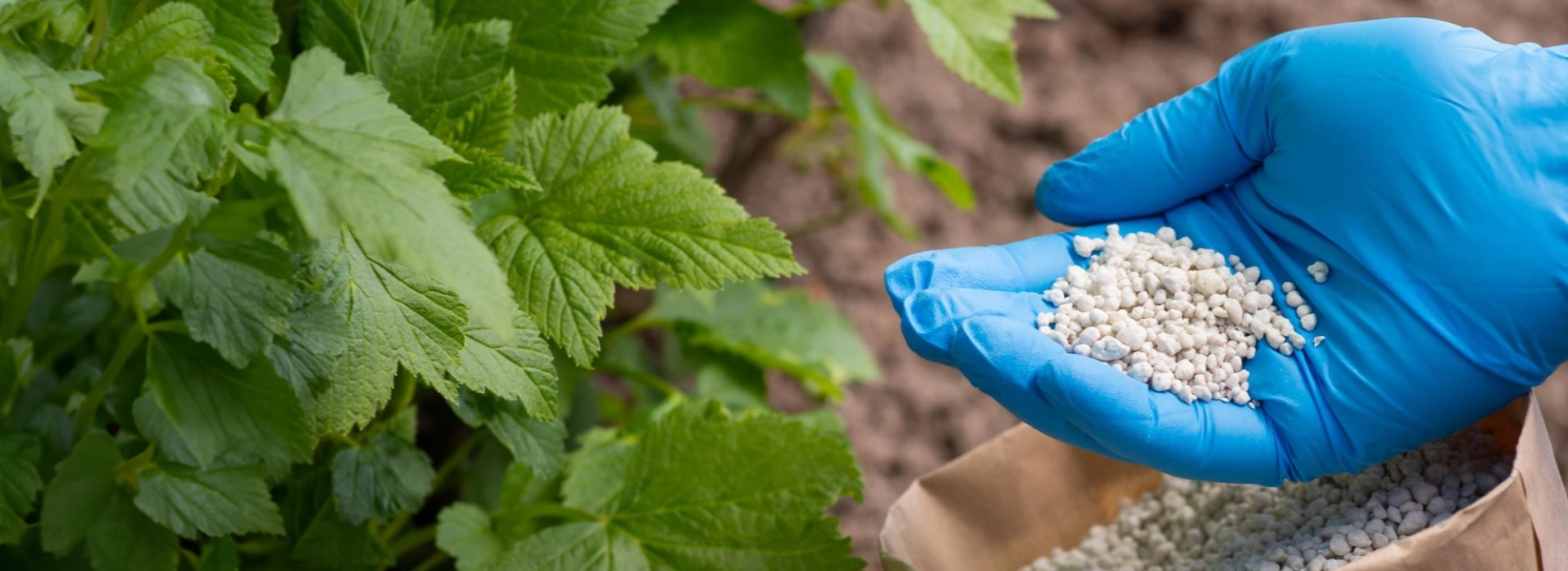Diammonium phosphate fertilizer
Identification:
DAP : It is one of the most widespread and consumption fertilizers worldwide. It contains two essential nutritional sources for plant nutrition and growth: 46% phosphorus and 18% nitrogen. By virtue of its high percentage of phosphorus and nitrogen, it is considered an ideal option for improving the productivity of agricultural crops and enhancing their growth.

Manufacturing method:
DAP is manufactured via reaction of ammonia (NH₃) with the phosphoric acid (H₃PO₄) in a process called “acid reaction with ammonia”. This reaction results in DAP which contains nitrogen and phosphor. After the ammonia reaction with the phosphoric acid in the reactor, the reaction mixture is conveyed to the granulator in order to formulate the fertilizer granules. Then, the fertilizer granules are dried to control the moisture content. Then, the produced fertilizer is sorted to obtain the standard granule size of the product; afterwards, it is dried and coated with the anti-caking agent.

Production capacity:
DAP is produced with a production capacity of 700,000 tons/year at the Industrial Complex in Aqaba.

Uses:
Fertilizer for the nutrition of agricultural crops such as the following:
- Wheat and Rice: It helps the plants grow in their early stages.
- Fruit and Vegetables: It supports flowering and fruit creation.
- Legumes and Oils:It helps the creation of pods and improved seed quality.